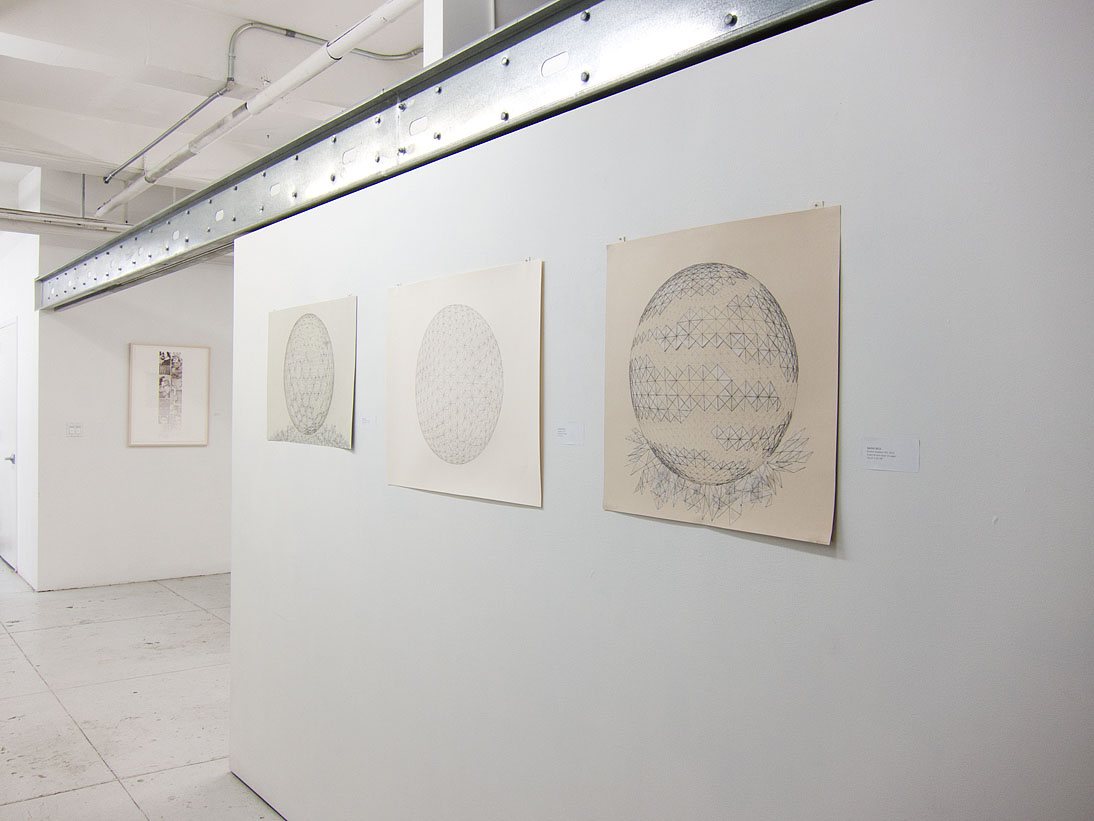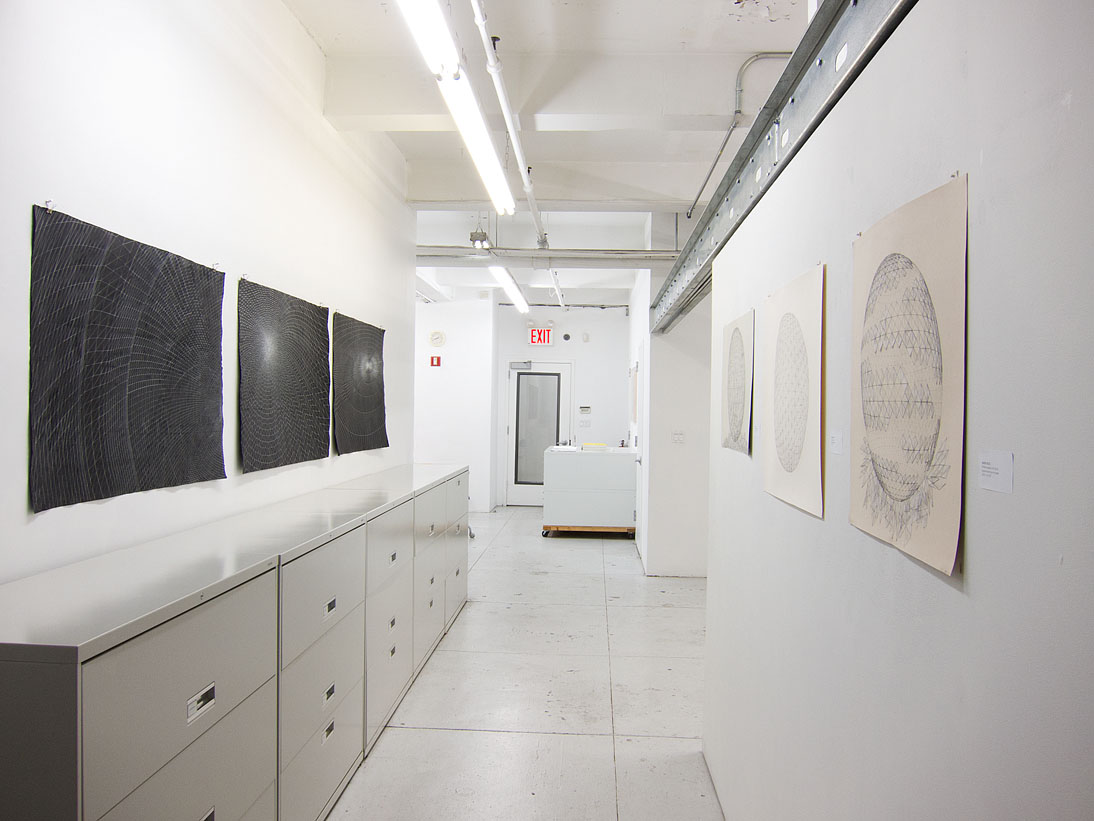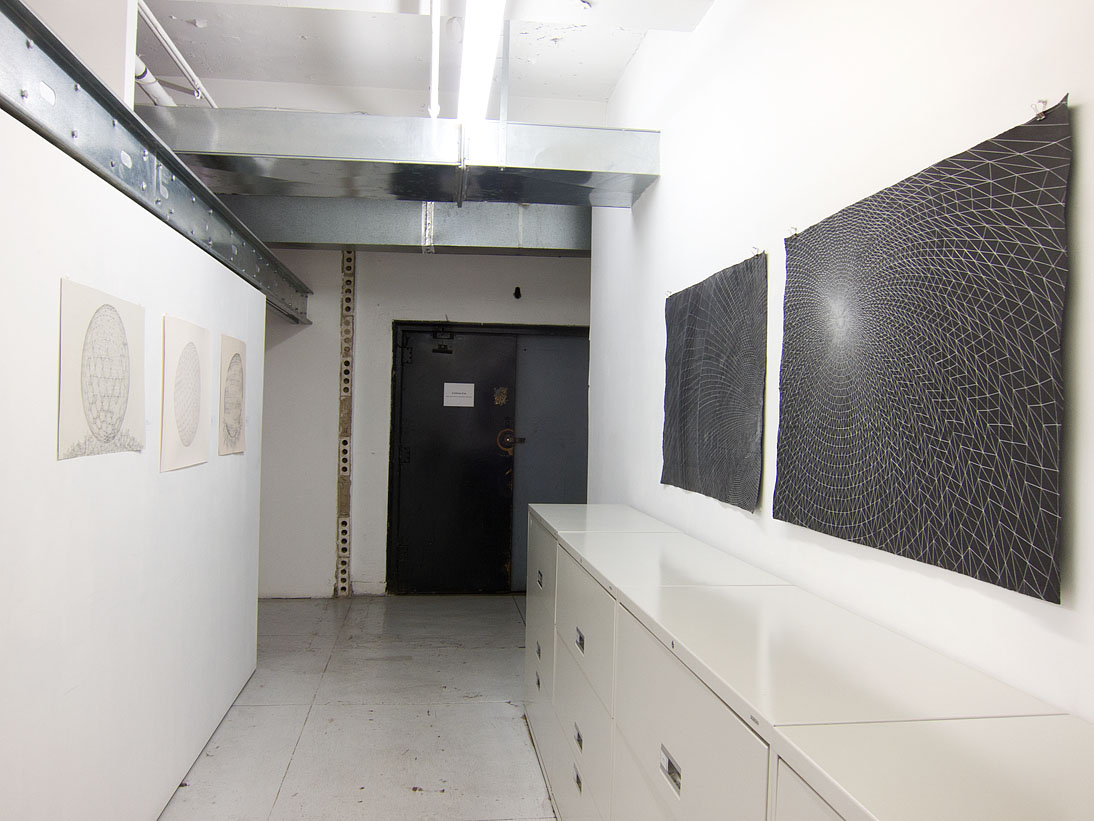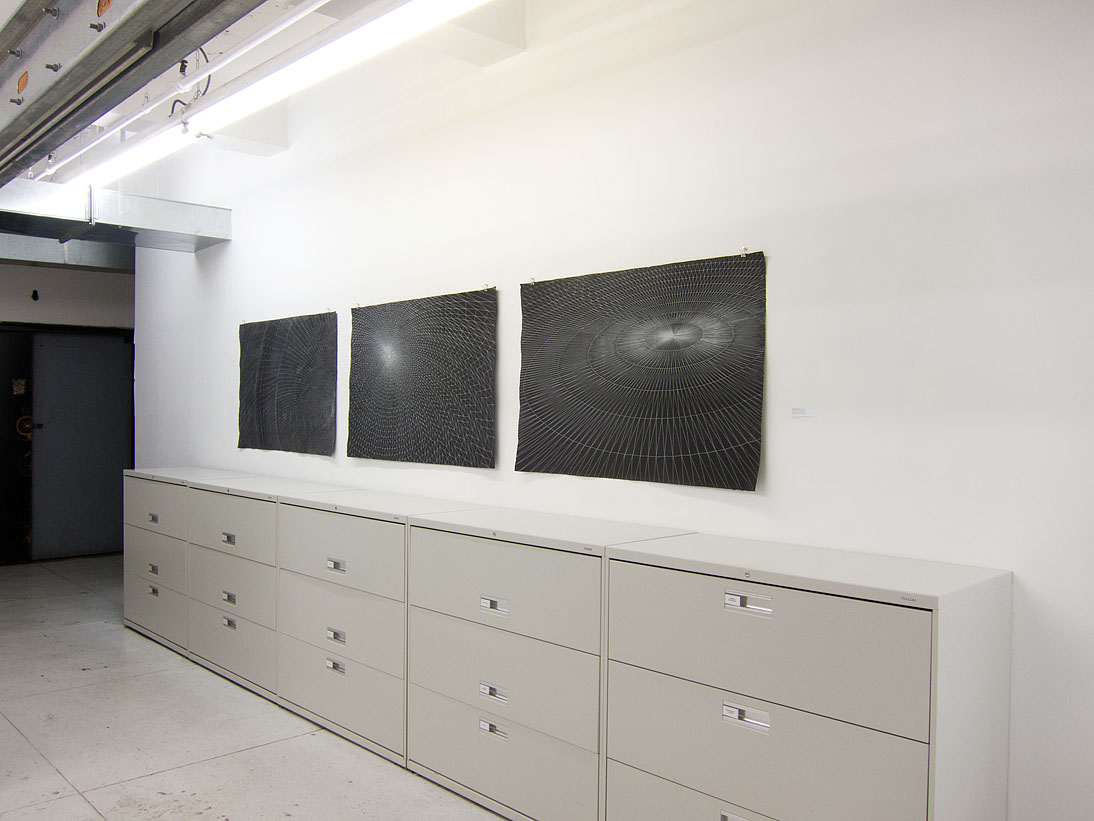Everything Is Not All There Is (old)
Everything Is Not All There Is
Lower East Side Printshop presents Everything Is Not All There Is, guest curated by Nicole Caruth, an independent art writer and curator. The exhibition will be on view at the Printshop from July 11 – September 9, 2012 with a reception on Wednesday, July 18 from 6-8pm.
Digital technologies are making it easier all the time to share and
receive information. Yet our constant circulating of data obscures
messages as easily as we can deliver them. Artists have and continue to
probe this daily deluge of stuff to reveal more about contemporary
communication and experiences than might be discerned through any
interface. Everything Is Not All There Is consists of recent
prints and drawings by Lower East Side Printshop residents Shanti
Grumbine, Naomi Reis, and Julian Wellisz. Collectively, they explore
newspapers, blogs, software, and structural designs. They trace flows of
data, unveil unseen narratives, decode systems, and sift cultural
memes. Their works speak to the vitality of the print medium (i.e. the
analog) alongside newer modes of communication.
Shanti Grumbine cuts and reconfigures pages of The New
York Times to lay bare the newspaper’s structure and “the aggressive
order of the grid.” Her latest project Score (an extension of her
earlier series Kenosis) follows the life of a certain news story each
day all the way through to its end. She removes the text and images with
an X-Acto knife and all headlines and pull quotes are erased. This act
of, in the artist’s term, “excising” implies that the content is
irrelevant. It also calls to mind the so-called death of print resulting
from new devices and apps. But Grumbine says that with this method she
“makes space for what has been censored in media as well as what is lost
in the translation of experience into words.” She then uses the cut
objects as negatives for her screen prints. To the Score pieces she has
added a medieval four-line staff and clef, alluding to music
composition. “Each score can be interpreted and performed as a chant in
which media content is translated into the repetition of sound and
breath.”
For her Ad Screen Test series, Grumbine superimposes her cut newspaper
grids onto full-page advertisements for luxury goods and name brands
such as Cartier, Bacardi, and Saks. The effect is comparable to the thin
shadows of Venetian blinds, suggesting something semi-private or thinly
veiled. In this, Grumbine seeks to “highlight the subtle dialogue
between content, viability and corporate funding in printed media and
journalism in general.”
Naomi Reis eschews text too, favoring instead the
celestial. Her Untitled drawings, which are based on a 3D modeling
program, “imagine a journey through an industrial wasteland of outdated
technologies—dirigible hangers, the interiors of oil refineries—viewed
as if through the lens of an airborne surveillance camera.” Fine and
spiraling white lines on black paper read like the Milky Way—a majestic
constellation within an abyss. The Untitled drawings are a delicate
confluence of “abstract and realistic space, analog and digital
techniques.”
Reis also finds inspiration in the visionary Buckminster Fuller. In
another suite of drawings titled Broken Geodesic Spheres she reproduces
Fuller’s iconic structure for the Expo '67 Montreal World's Fair.
“Fuller's geodesic forms look as if they belong on the moon…and continue
to fire the imagination long after their utility has faded,” says the
artist. Reis sketched the form with a lightness that makes it appear
capable of orbiting off the paper. Yet, as the title implies, there are
small breaks, errors, in her versions. In the context of this
exhibition, Broken Geodesic Spheres embody many different ideas about
digital systems and globalization, the architectures of the web, and to
the unknowns of future technologies.
Julian Wellisz surveys bizarre images in the
blogosphere in his series .TUMBLR. For each of these silkscreen prints,
Wellisz copies images from a single blog, primarily using those of
teenagers. “The images in my work have been and will continue to be
reused, reblogged, and recycled thousands of times,” says Wellisz. “The
imagery addresses how seemingly infinite digital access has contributed
to the youth’s loss of innocence and embrace of the grotesque.” Printed
in columns, with one image stacked on top of another, each piece feels
something like an Exquisite Corpse wherein different streams of
consciousness connect, oftentimes resulting in eerie compositions.




